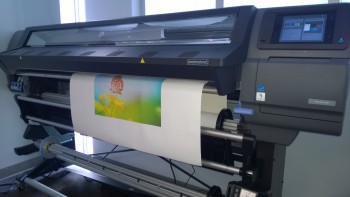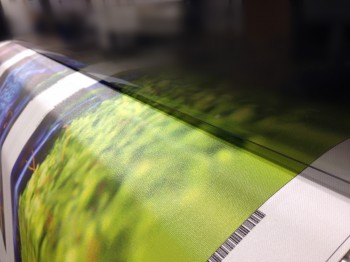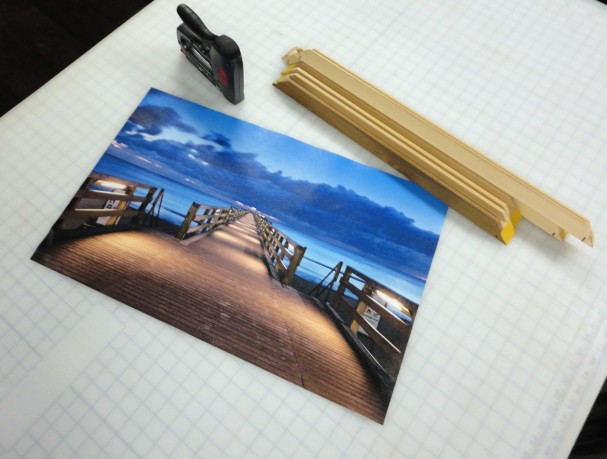
Venturing into a new business can be daunting and expensive. But if you’re looking at latex technology to start a printing operation — or to expand your existing business — HP has introduced the new HP Latex 110 printer that’s ideal for getting started.
The Latex 110 is a 54-inch printer at a budget-friendly price point and easy-to-use, intuitive functionality. It’s a great jumping-off point for operations that are looking at printing 1,500 square feet or less per month.
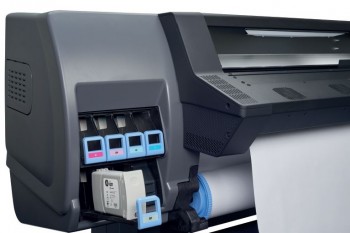 With the Latex 110, you’ll enjoy the flexibility that latex offers: prints with outdoor durability, same-day delivery with no drying time, scratch-resistance, user-replaceable ink cartridges, front-loading capabilities and auto-maintenance.
With the Latex 110, you’ll enjoy the flexibility that latex offers: prints with outdoor durability, same-day delivery with no drying time, scratch-resistance, user-replaceable ink cartridges, front-loading capabilities and auto-maintenance.
Printing to latex-compatible media also gives you a wide variety of application possibilities. Check out our Latex Application page to see the various options from indoor decor to banners to window graphics.
Since you’re using latex inks instead of solvent inks, you won’t need to worry about odors or require special ventilation for your printing operation. Plus, you’ll get access to HP’s online tools and printing software assistance, and since no specialized training is required, novice users won’t slow down production.
Ready to get started? Call a LexJet print specialist at 800-453-9538.



 Built to maximize canvas output with solvent, low-solvent and latex printers, the updated
Built to maximize canvas output with solvent, low-solvent and latex printers, the updated 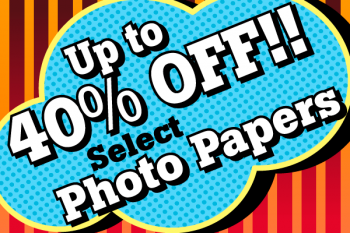 Here are some quick examples…
Here are some quick examples…